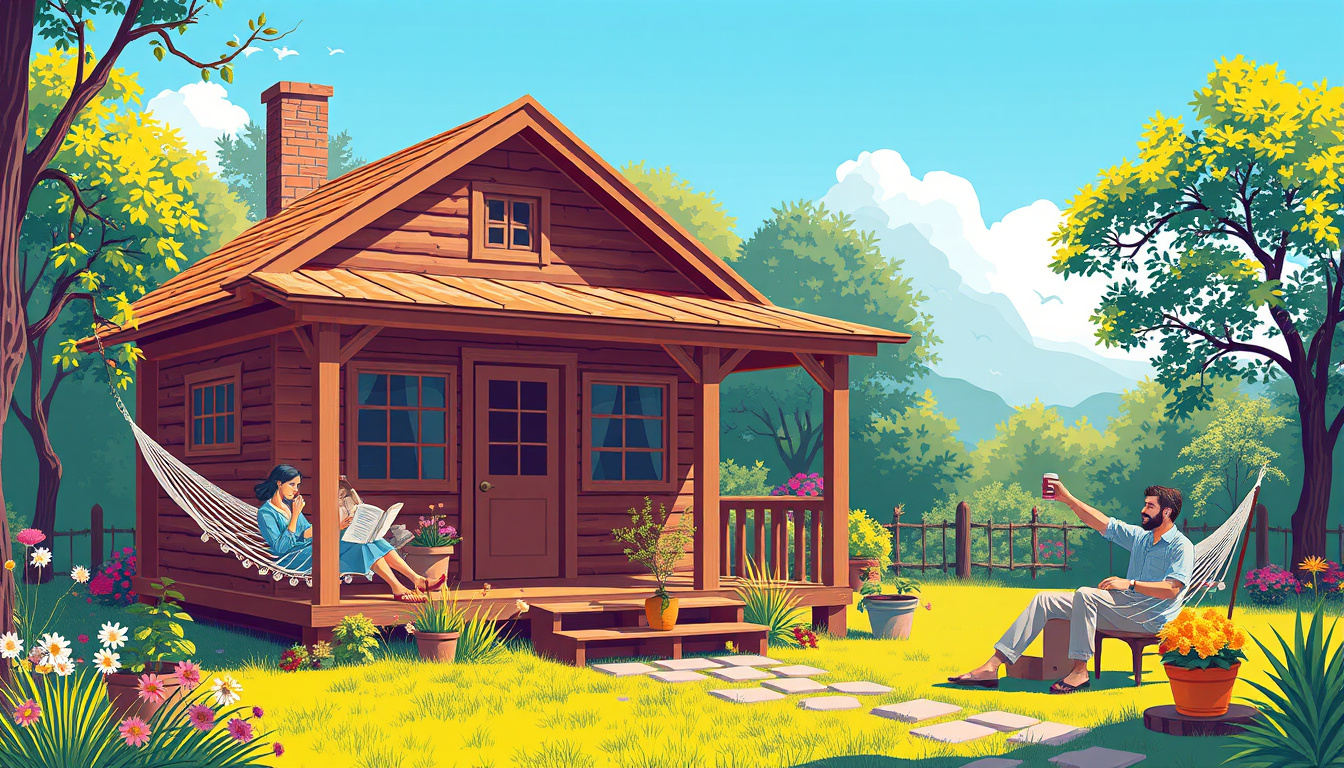In an era defined by speed and efficiency, where instant gratification is the norm, the concept of slow living emerges as a refreshing antidote. ‘The Art of Slow Living in a Fast-Paced World’ challenges us to pause, reflect, and savor the beauty of the present moment. This philosophy encourages individuals to embrace a lifestyle that prioritizes quality over quantity, mindfulness over chaos, and intentionality over mindlessness. In this article, we will explore the fundamentals of slow living, its myriad benefits, and practical strategies to integrate this enriching approach into your daily life, ensuring that you not only navigate but thrive in today’s frenetic environment.

Key Takeaways
- Slow living encourages a deliberate pace to enhance well-being.
- Embracing slow living can lead to reduced stress and increased mindfulness.
- Incorporating slow living can be achieved through simple daily practices.
- Mindfulness is essential to fully experience slow living benefits.
- Creating a sustainable environment supports the principles of slow living.
Understanding Slow Living: A Definition
In today’s fast-paced world, where everything moves at lightning speed, many individuals are seeking solace in The Art of Slow Living. But what exactly does slow living mean? At its core, slow living emphasizes a lifestyle dedicated to mindful practices, sustainability, and deeper connections with the world around us. It encourages individuals to savor life’s moments rather than rushing through them. This philosophy invites you to reassess your commitments, simplify your surroundings, and engage in activities that nurture your mind and spirit. By embracing this approach, you can foster a greater appreciation for the ordinary and cultivate happiness in the present, well away from the whirlwind of modern life.
The Benefits of Embracing Slow Living
In today’s fast-paced world, where the rush of daily life can be overwhelming, embracing the art of slow living offers numerous benefits that can transform our well-being and happiness. Slow living encourages us to take a step back, prioritize mental health, and cultivate meaningful relationships. By slowing down, we give ourselves the opportunity to engage mindfully with our surroundings, enabling us to savor the simple joys of life. This intentional approach not only reduces stress but also enhances productivity, as people often find that taking breaks and enjoying leisure leads to greater creativity and focus. Furthermore, practicing slow living can lead to more sustainable choices—by being more mindful of consumption, we can support local businesses and minimize our environmental impact. Overall, the art of slow living in a fast-paced world is not just a lifestyle choice; it is a pathway to a more conscious, fulfilled, and enriched life.
‘In an age of constant acceleration, nothing is so urgent as sitting still.’ – Pico Iyer

Creating a Sustainable Slow Living Environment
In our fast-paced world, adopting the art of slow living has become increasingly vital for mental and physical well-being. Creating a sustainable slow living environment is essential in reclaiming our time and fostering a deeper connection to our surroundings. This lifestyle promotes mindfulness, simplicity, and intentionality—qualities that are often overshadowed by our busy schedules. To begin crafting your own slow living sanctuary, start by decluttering your space. Removing unnecessary distractions not only refreshes your home but also helps in cultivating a serene atmosphere. Incorporate natural elements into your decor, such as indoor plants or eco-friendly materials, to bring the outdoors inside. Additionally, consider adjusting your daily routines to prioritize moments of stillness, whether through meditation, leisurely strolls in nature, or dedicating time to hobbies that bring you joy. The art of slow living in a fast-paced world invites us to embrace the present and cherish the small moments, transforming our homes into tranquil escapes that nourish our souls.
Frequently Asked Questions
What is slow living?
Slow living is a lifestyle that encourages a more intentional and mindful approach to life, focusing on quality over quantity, and prioritizing experiences and relationships over fast-paced consumption.
What are the benefits of slow living?
The benefits of embracing slow living include reduced stress, improved mental health, increased focus on meaningful relationships, greater appreciation for the present moment, and a more sustainable lifestyle through conscious consumption.
How can I incorporate slow living into my daily routine?
You can incorporate slow living into your daily routine by setting aside time for mindfulness practices, simplifying your schedule, engaging in hobbies, spending more time in nature, and creating tech-free zones in your home.
What role does mindfulness play in slow living?
Mindfulness is central to slow living, as it encourages individuals to be present in the moment, enhance self-awareness, and fully engage in their experiences, ultimately promoting a more fulfilling life.
How can I create a sustainable slow living environment?
To create a sustainable slow living environment, focus on decluttering your space, using natural materials, integrating plants into your home, and choosing eco-friendly products that align with a more intentional lifestyle.

Leave a Reply